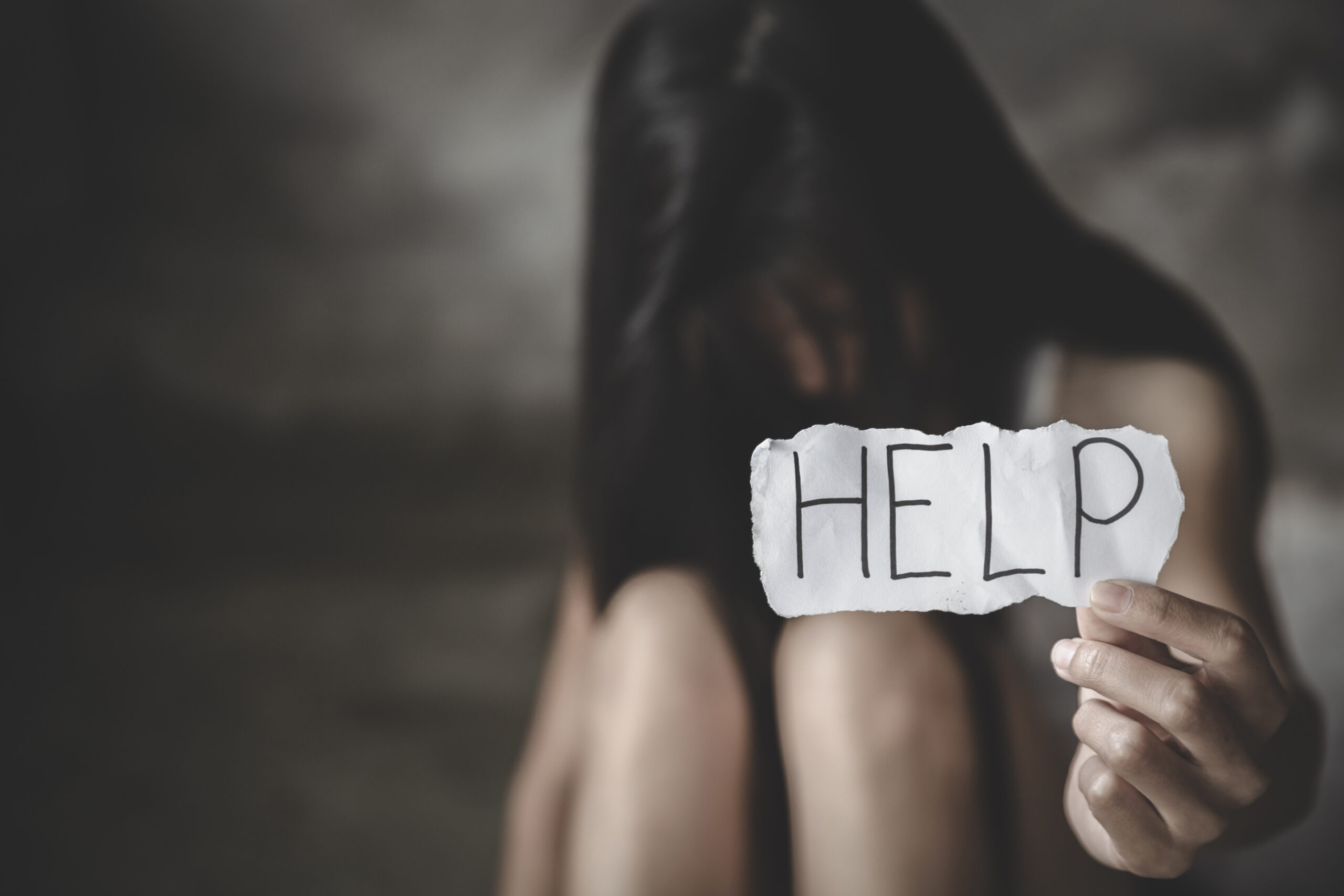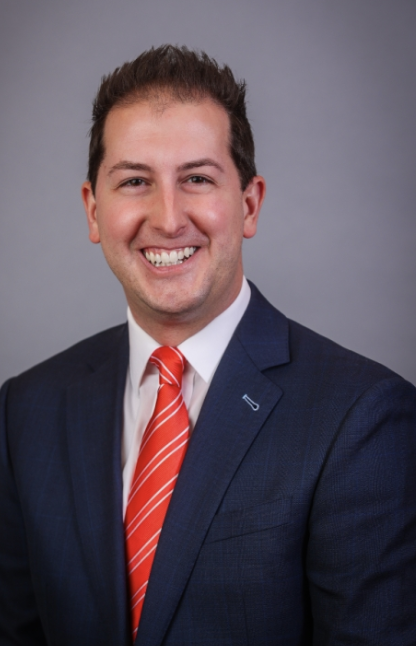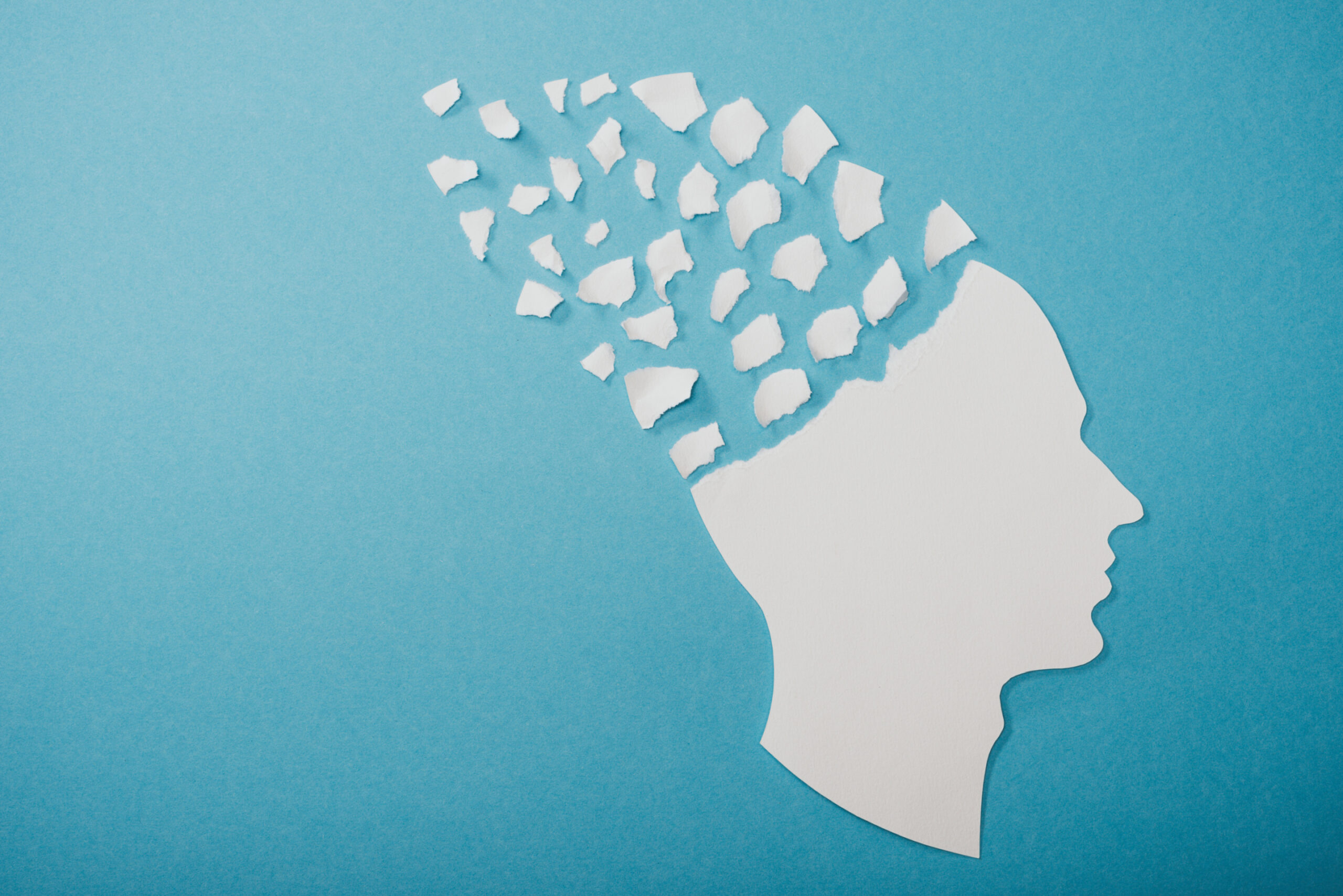
War, Cruelty, and the Human Condition
Everyone is mentally ill! Was this some Darwinian evolution phenomenon in the last century, or a cultural head-game?
The grotesque cruelty of war, condoned by the sound minds of leaders, and the evil mindset of human torture (we are talking drawn-and-quartered, burning, and dismemberment – not bright lights, loud music, or even waterboarding), plagues the entire history of our species, along with personal tragedy.
Mental illness is real. At the same time, we have created mental illness from normalcy.
The Birth of Psychiatry: A Flawed Beginning
The term “psychiatry” first arose in the early 1800s from a German philosopher and physician (before things like sterilizing scalpels and surgeons washing hands). It was a pseudo-science derived from the romantic era of philosophy, metaphysics, and aesthetics, overlapped with crude understandings of anatomy and physiology. The seriously disturbed were routinely put into asylums – wives who would not obey their husbands, young girls who might want a smoke or wear trousers, and boys who preferred mischief over Latin. The stories are legion of the “medical” cruelty involved, where the insanity seemed more likely the physician, not the alleged patient.
Freud and the Rise of Psychoanalysis
Then, at the turn of the century, an Austrian philosopher and neurologist, Sigmund Freud, proposed his theories of psychoanalysis, delving into the unconscious convergence of the id, ego, and superego, establishing a clinical psychology model.
Psychoanalysis treatment models were expensive and time-intensive. The wealth of the alleged patient determined the path of treatment. In large part, criminal psychotics were cast into the dungeons for the criminally insane. Others were tucked away in rather deplorable asylums, often the subjects of lethal medical and pharmacology testing. From the best to the worst facilities, experimentation with little science was explored, often nothing short of a horror novel. And…always follow the money.
Post-War Reform and the Boulder Model
Post WWII, arising out of concerns for war-torn minds, psychiatrists/neurologists, and the relatively new field of psychologists, convened a meeting to create some type of psychiatric standards for training, education, and treatment.
The result was the “Boulder Mode,” establishing the standards for a Ph.D. in psychology. This demanded training and practice to develop “research” (the science) along with the new “humanistic” approach of clinical diagnosis categories and treatment, abandoning the expensive and more time-consuming practices of psychoanalysis and behavioral treatment.
Insurance Money, New Drugs, and the DSM Boom
The psychiatry and psychology fields still encountered financial stumbling blocks. To coordinate efforts, the Diagnostic and Statistical Manual for Mental Disorders (DSM-I) was compiled in the early 1950s. This coincided with two rather monolithic events: (1) post-WWII, there was an explosion of employer-sponsored healthcare insurance plans, and (2) by accident, tuberculous researchers discovered the first “antidepressant”, Iproniazid (MAOI drug-class). This quickly led to the laboratory development of benzodiazepines (e.g., Valium – mother’s little helper, then Xanax, targeted toward anti-anxiety).
With a validated diagnostics manual in place, the pockets of the new health insurance industry, and the advent of new petrochemical-based drugs that fit into the newer Rockefeller Foundation, allopathic medicine paradigm (allowing for simple prescription writing compared to slow and expensive psychoanalysis treatment) – the practice of psychiatry and psychology boomed.
The DSM as a Billing Code — and Cultural Barometer
The DSM became the “billing code” manual. Identify the code, prescribe the drug, and get paid by insurance companies. Expanding the DSM became critical to add maladies and diagnostic criteria – the DSM-II (1968) and the greatly expanded DSM-III (1974) – now up to the DSM-5-TR. The diagnostic criteria continually expanded to fit more people. While post-traumatic stress disorder, PTSD, once required a catastrophic near-death experience, a child’s hand slapped in the cookie jar might now qualify for a PTSD diagnosis.
From daily living experiences, it would be difficult for most people not to find a DSM-5-TR disorder that they fit into – and, of course, a significant expansion of criteria to diagnose children.
The Psychology Industry Takes Off
Then, the 1980s rang in a new class of antidepressants, SSRIs (Prozac, Lexapro, Zoloft, and Paxil, to name a few).
From 1960 to 1985, the tucked-away university psychology departments experienced a 1100% increase in psychology majors with the growing and more profitable profession. In 1973, psychiatrists and psychologists reconvened to establish the Psy.D. degree, more focused on clinical practice and less about research – the Vail Model.
Where Are We Now? A Culture Diagnosing Itself
Mental health is a serious issue. The brain remains a mystery where many academics admit that psychology is a moving target of pseudoscience with unanswered questions, where massive mind-numbing pharmacology may have greater risks than benefits, individually and culturally.
Connections with close friends, family, and maybe even the local bartender have been replaced with an elaborate backdrop of clinical diagnosis, pharmacology, and therapy with paid strangers. COVID lockdowns, remote work, and the Internet have not helped.
The question is not whether mental health needs to be treated. It may, however, be why we have created a cultural paradigm where everyone is mentally ill. Sorry, time to take my meds and call my therapist.
RECENT










BE THE FIRST TO KNOW

More Content By
Henry Cox











